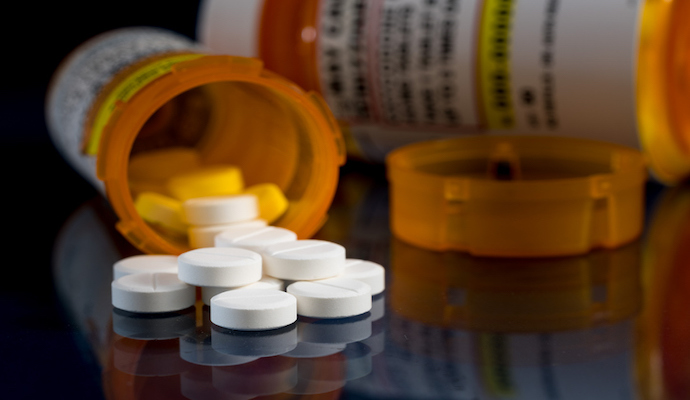Prescription Drug Prices Spike Following FDA Approval, Study Finds
An analysis found that prescription drug prices for 4 drugs routinely used by hospitals rose by over 500% following FDA approval.

Source: Thinkstock
- Manufacturers increased prescription drug prices for four drugs commonly used by hospitals after receiving FDA approval, creating an estimated $20.25 billion in additional healthcare spending over the course of their market exclusivity periods, according to a recent analysis.
The analysis conducted by Vizient uncovered that since receiving approval by the FDA, manufacturers are boosting prices of four drugs that have been used as treatment in hospitals for more than 50 years. And 19 additional drugs are expected to go through the same process, adding a potential $8.75 billion to the US healthcare system over five years.
“Our analysis shows that the market has already experienced significant increases after approval of the four drugs we reviewed. If the other 19 drugs follow similar approval paths, the manufacturers take similar price increases, the additional cost could reach $8.75 billion over five years,” Dan Kistner, PharmD, group senior vice president of pharmacy solution for Vizient, said in the report. “The combined impact of the higher cost for these 23 drugs could be $29 billion.”
The four drugs that saw significant price increases included Neostigmine Methylsulfate, Vasopressin to Vasostrict, Selenium to Selenious Acid, and dehydrated alcohol. The prices for each of these drugs increased by over 500 percent since approval through the FDA’s Unapproved Drugs Initiative (UDI) since 2013.
The Vizient analysis touched upon those approved drugs:
- Neostigmine Methylsulfate
Neostigmine Methylsulfate is used to reverse the effects of paralytics used during anesthesia. Its wholesale acquisition cost (WAC) increased by nearly 525 percent and annual US healthcare spending increased from $60.6 million to $205.8 million as a result. Market analysis estimated that the total increase in healthcare spending was $871 million.
- Vasopressin to Vasostrict
This is a medication used to treat low blood pressure and received patent approval currently projected to last through 2023. Its WAC increased by nearly 1487 percent, causing US healthcare spend to increase from $30.8 million annually to $510 million last year. It is expected to increase healthcare spending by $17.8 billion over the life of the patent.
- Selenium to Selenious Acid
Selenious Acid is a trace mineral used for the treatment of nutrition deficiency. It is approved as a 5-year New Chemical Entity (NCE) with market exclusivity until April 2024. The drug’s WAC increased by 1190 percent and US healthcare spending increased over $100 million, from $8.52 million to $110 as of 2020. Market analysis estimated that this drug will boost US healthcare spending $503 million over the exclusivity period.
- Dehydrated alcohol
This drug is used to relieve intractable chronic nerve pain. It received a seven-year orphan indication exclusivity nod from the FDA to treat severe heart disease. Its WAC increased by 668 percent and the US healthcare spending market is expected to increase from $28 million annually to $215 million in 2020 as a result. The market analysis estimated an increase of $1.1 billion in US healthcare spending over the next five years.
The FDA’s Unapproved Drugs Initiative (UDI), which launched in 2006, forced manufacturers to receive FDA approval to remove certain drugs from the market. This ensured that the approved drugs were safe and effective. But pricing may be creating negative financial consequences for provider institutions.
“There are multiple options for manufacturers when they submit these well-established drugs to FDA for approval. Depending on the approval, manufacturers receive periods of exclusivity ranging from three to seven years. If a patent is awarded, the manufacturer could have market exclusivity for 20 years,” Kistner explained.
“Our concern is not the intent of the UDI, but with its unintended consequences. Manufacturer’s pricing choices after receiving approval are creating challenges for providers and patients alike in terms of egregious price increases and more vulnerability to supply disruptions. We hope that by increasing public awareness of the impact to our health care system and patients, manufacturers will reconsider these predatory pricing strategies.”
